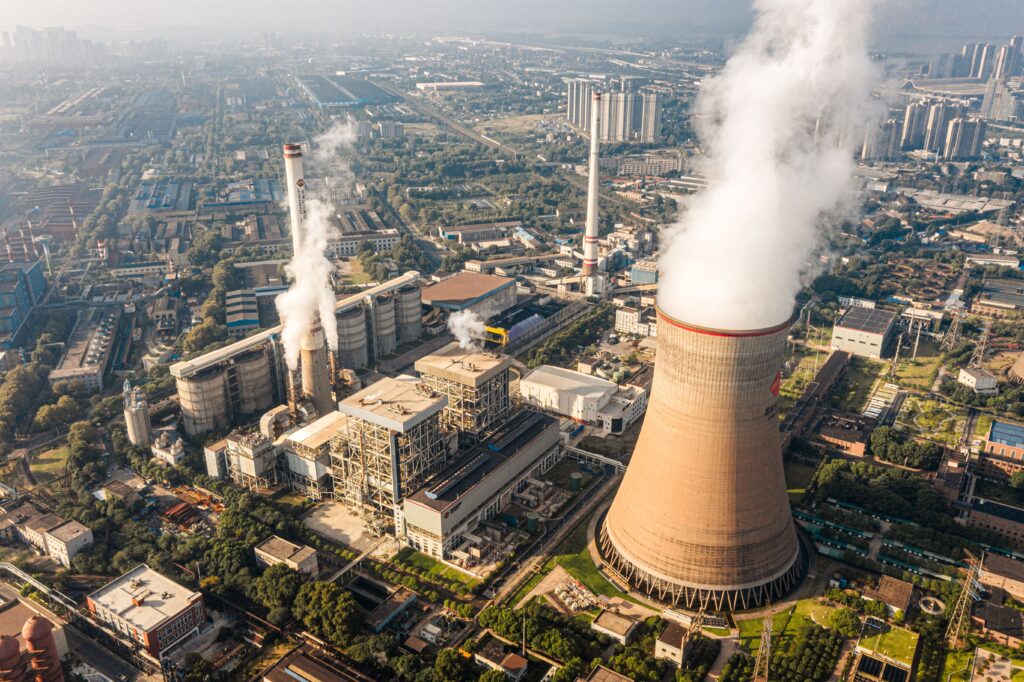Global Revival of Nuclear Energy
Nuclear power is making an unexpected resurgence. Around the world, new nuclear plants are under construction. Interest in nuclear energy is growing after a decade of decline, fueled by concerns over safety, costs, and waste disposal. Despite early promises of cheap, abundant energy, nuclear power’s future once seemed bleak.
Today, significant investments from tech giants like Microsoft, Google, and Amazon are driving nuclear’s revival. Wealthy nations face mounting pressure to cut carbon emissions, further boosting nuclear’s appeal. But is this revival real, or just a short-term trend?
The Rise, Fall, and Rise of Nuclear Power
Nuclear energy’s promise first captivated governments in the 1950s and 1960s. A single kilogram of uranium could generate 20,000 times more energy than coal. Nuclear power symbolized a future of abundant, affordable electricity.
However, public fear grew after the 1986 Chernobyl disaster, which spread radioactive contamination across Europe. This event fueled opposition to nuclear power, halting its growth. The 2011 Fukushima disaster in Japan reignited safety fears. Japan shut down all its reactors, and only 12 have since resumed operations. Germany also pledged to phase out nuclear entirely.
Between 2011 and 2020, global nuclear capacity dropped by 48GW, according to the International Atomic Energy Agency. But development continued in some regions. China’s nuclear reactor count grew from 13 in 2011 to 55 today, with 23 more under construction.
Growing Interest and Key Players
Interest in nuclear energy is rising as developed nations aim to balance energy demand with climate goals. With 2024 expected to be the warmest year on record, the urgency to cut carbon emissions is growing. Russia’s invasion of Ukraine exposed energy security vulnerabilities, prompting renewed interest in stable, reliable nuclear power.
South Korea reversed its plan to phase out nuclear energy, now planning to expand its nuclear fleet. France, which gets 70% of its electricity from nuclear, scrapped plans to reduce its reliance and aims to build up to eight new reactors. At COP29, the US committed to tripling nuclear power generation by 2050, a goal shared by 31 countries, including the UK, France, and Japan.
The US and UK announced a joint effort to accelerate new nuclear technologies. At COP28, nations agreed to prioritize nuclear energy as a low-emission power source to combat climate change.
Tech giants are becoming major players in the nuclear revival. As AI and data centers drive electricity demand, companies like Microsoft are seeking stable, clean power. In September, Microsoft signed a 20-year deal to purchase power from the Three Mile Island nuclear plant in Pennsylvania, once infamous for a 1979 accident. Reopening the plant symbolizes nuclear’s clean energy potential.
Google is also investing in Small Modular Reactors (SMRs), designed to make nuclear energy cheaper and easier to deploy. Unlike large reactors, SMRs use modular components that can be assembled quickly and deployed near high-demand areas. Over 80 SMR designs are under development, though none are yet commercially proven.
Challenges Facing Nuclear’s Revival
Nuclear power still faces hurdles. Traditional nuclear plants are costly and slow to build. The Hinkley Point C project in the UK is five years behind schedule and £9 billion ($11.5 billion) over budget. Similarly, Plant Vogtle in Georgia, USA, opened seven years late and cost over $35 billion—double the original budget.
SMRs promise to cut costs by reducing construction scale, but they remain unproven. Questions about economic viability linger as SMRs have yet to demonstrate cost savings.
Nuclear’s role in climate goals sparks debate. Advocates, like Nucleation Capital’s Rod Adams, argue nuclear fission is one of the safest, most reliable power sources. Critics, like Professor M.V. Ramana from the University of British Columbia, see nuclear as too expensive. Ramana argues that cheaper, low-carbon alternatives would achieve greater emissions cuts per dollar spent.
Even if nuclear’s revival succeeds, the problem of radioactive waste disposal remains unresolved. Some waste remains hazardous for thousands of years. Governments are exploring geological disposal, burying waste in deep underground tunnels. Finland is the only country to have built such a facility. Environmentalists warn that long-term risks remain, as future generations may still face contamination threats.
Addressing waste disposal will be crucial to nuclear’s future. Without a sustainable waste solution, the global revival of nuclear energy may be short-lived.


